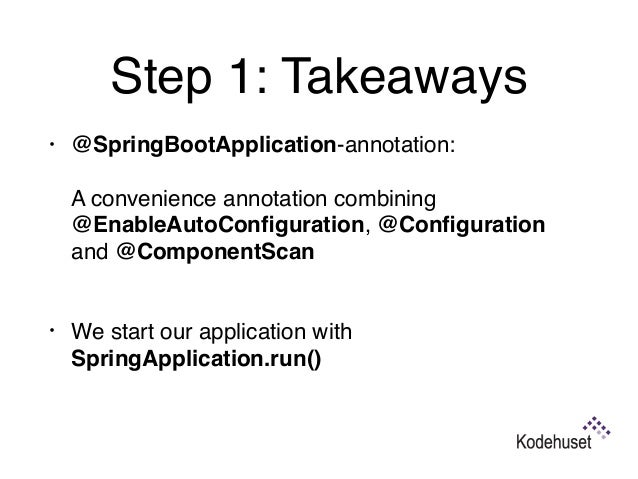Daemon processes will automatically terminate themselves after 3 hours of inactivity or less. If you wish to stop a Daemon process before this, you can either kill the process via your operating system or run the gradle -stop command. It could then detect and react to a low heap situation from outside of the process by telling the daemon to stop after the build or even to stop immediately. This also has the advantage that the client is the parent process and so could forcefully terminate the daemon if it just becomes unresponsive.
Points to Remember
- Gradle runs on JVM and several other dependencies.
- Gradle has to do boootstrap stuff whenever gradle is started.
- This startup process takes time and makes the build slower.
To overcome these points gradle daemon was introduced.
What is a Gradle Daemon ?
Gradle daemon is a long lived background background process that can be reused for building gradle projects faster. Gradle wrapper saves the time for starting a new gradle instance every time and saves time required for bootstrapping and initialization.Such bootstrap tasks include
- Initialization of JVM
- Cache Project information
- Cache files , tasks
- Project structures etc
Gradle daemon is configurable and can be switched on of off using gradle.properties in path /.gradle/gradle.properties. Red dead redemption 2 digital download time.
Also, gradle daemon should be used only for development environments and not for production environmnets. This is beacasue in production environments you want to build your projet independently since it is more reliable.

Check the status of Gradle Daemon
To check the status of the gradle deamon you can use the command
The above command gives the following output. (A Gradle version can only connect to daemons of the same version.)
How to stop a Gradle daemon
To stop all running gradle daemon processess you can run the following command.
This will stop all the daemon processess that started with the same version of gradle that is used to execute the command.
States of a Gradle Daemon
A radle daemon can be in the following states.
idle- this is a gradle state that is running but is not doing any execution. This gradle daemon can be used for running new builds.compatible- This is a gradle daemon that is compatible for running a gradle biuld.
Gradle build, firsts checks for an idle daemon with compatible configurations, if it exists, then the build is started using this daemon, if no such daemon exists then gradle will start a new gradle daemon for running the build.
- Status:Resolved
- Affects Version/s:None
Gradle Stop Daemon Could Not Be Reused
I have been getting push-back from the development team over our new Gradle-based build, as it is an order of magnitude slower to build and launch the application than it was using the old IDE-based build.
I investigated using the Gradle daemon to improve the situation, and this initially looked promising, but I have run into a problem. When I run tasks like build, clean, distTar, etc, the daemon process continues running in the background, and subsequent tasks run much more quickly.
However, when I use the 'Run' task to launch the application, and then stop the application via a control-c on the command line, or the 'stop' function in the IDE (IntelliJ IDEA), then the daemon process is killed, and the subsequent task is again very slow to start. How can I ensure the daemon continues to run even when the run task is ended?
Gradle Bootrun Stop
- Votes:
- 1Vote for this issue
- Watchers:
- 5Start watching this issue
